Customer Experience Design Show Notes:
Customer Experience Design Through the Years
Customers are the life force of your business as such, they must keep your customers happy to keep them as customers. Companies should be able to track and determine the main reasons for customer dissatisfaction and build on them. Stacy thinks that most businesses have a long way to go to improve their customer design experience. She tells us that developing customer experience is not an overnight process. It takes time, an engaged workforce, and a motivated company culture to make this transition possible.
For example, according to research, nine out of ten customers disapprove of voice response units because they feel that they inconveniently waste too much time talking information, which they have to repeat over and over again. Despite this, few businesses have done anything to improve this terrible interaction experience. According to Sherman, businesses are too slow to recognize problems because they are too often focused on letting the process override the human experience. Businesses should not solely rely on automation, for example. Instead, they should look to hire and assign the right set of people and the authority needed to deal with customers quickly and effectively.
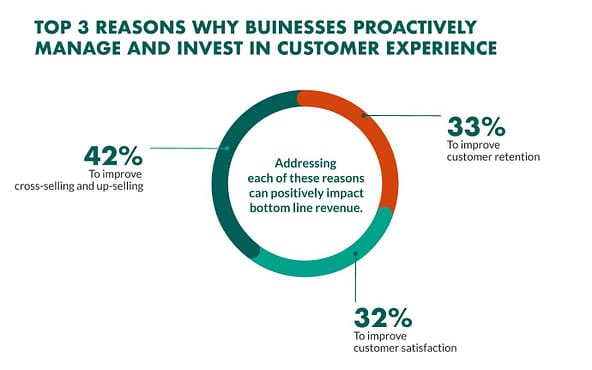
Companies should understand that their business is not just about the founders; it’s also about their employees. Many companies consist of groups of people with different areas of specialty. As business owners, we should work to ensure that our team is empowered and doing the right thing for the clients, even if there is no one monitoring them. Giving employees the authority to act to quickly resolve problems can generate huge wins in terms of satisfaction. Have you ever waited on the phone for 30 minutes or more just to have a small fee refunded because the employee needed to go through a rigorous approval process to process the credit? While you may have gotten your money back, it came with a healthy does of dissatisfaction. How much did all that time and effort really cost the company? Wouldn’t it have been cheaper to just let the agent process the credit?
The Impact of the Voice of Customers on Businesses
It is good that many companies are starting to consider customer feedback as a major factor in their business’s success. Sherman says that listening to the voice of the customer may be an agile process but asking the customer feedback upfront before investing in new technology, product, and solution is a smart way to get customers involved and lessen the margin of error when launching products or services in the future. The common problem that many business leaders do is that they try to replace the customers’ views with those of their employees. Stacy Sherman firmly says that you can’t replace the customer’s views with the employees; you’ve got to understand both their perspectives! Employees are often much too close to the processes that they can’t fully understand issues from the customer’s perspective.
Most of the time, people don’t know what they want. You can get customer feedback even before your product launch with just starting concept validation.
You can ask questions like:
- What’s the appeal?
- Does this product interest you?
- What’s your willingness to pay for this value?
Research says that customers usually engage with these product launch surveys because they appreciate the feeling of being heard by the business. After product launch, you can now proceed to prototype testing to define a journey map to validate the customer experience design. Here, you can understand what the customer wants and expects. Incorporating your ideas with the expectations and helpful recommendations of your clients will allow you to optimize your products even better. You can often tell whether a brand has the customer in mind through its packaging, design, and content.
Testing Your Products Before Launching It to the Market
Many engineers place innovative technology under their products’ covers without actually testing its relevance to the customer’s experience. There are times that these so-called “upgrades” are a leading cause of dissatisfaction with the customers. Businesses need to understand their product or service’s nature before fully diving into innovation and making changes or enhancements. Stacy emphasizes the need for business teams to stop justifying their product and service flaws and instead redirect focus and funding to readjust systems to satisfy the customer experience design. As much as possible, it should be the focus to give customers an exquisite experience with your brand. A customer journey is not just about a prospect looking at your product or services, but when clients make the actual purchase. The fulfillment of the journey is when the sales service is completed. The customers receive the support they may need—giving your clients a smooth customer experience design may guarantee you a high possibility of them coming back and buying again.
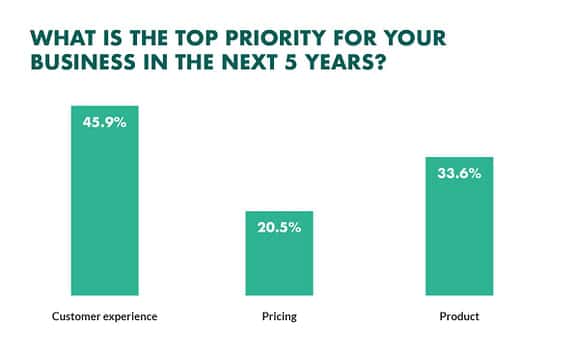
QuestionPro lists the Benefits of Testing Your Products Before Launching:
- It gives the product a chance to sell itself
- Competitive edge over similar competitor products
- People are allowed to invest time in the brand
- Critical feedback is received about the product
- Offer incentives
- It gives consumers a sense of urgency
- It aligns consumer interests with company value
- Brands can see the seriousness of their customers
- Data provided is from actual customer spending
Balancing Technology and Human Elements In Your Business
Employee and customer experience are interrelated. When the employees feel happy, and the customers are valued, this affects your brand’s overall experience. We should build an organizational culture around this idea of customer experience design. Sherman highlights the need for all the departments within the company to take responsibility. In every agenda, the CEO, including everyone from the top to bottom management tiers, should be on the same page and work together to satisfy the customers and achieve the desired results. Each one should contribute a response to the customers’ feedback and work on the appropriate measures to fill in what is lacking and keep consistent on what is working.
Successful companies methodically focus on quality over speed. They intentionally gather customer feedback upfront early before launch to ensure that things are running smoothly and as planned. As a business owner, it would help to gather insight from people who have a different mindset than yours. Stacy tells us that even if technology plays a vital role in enhancing customer experience design and information generation, it cannot replace the human element.
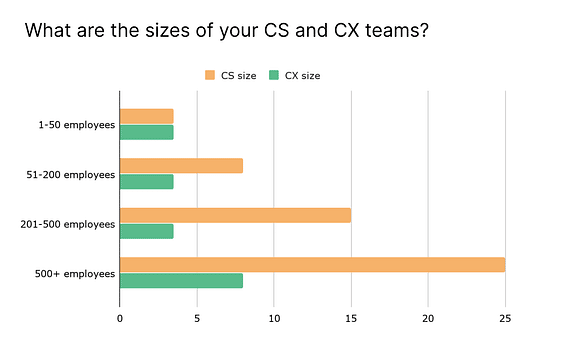
Communication should be the number one point of focus by businesses worldwide. Technology can be helpful, but sometimes the way it gets implemented hinders the customer experience and takes away almost all its benefits. There are times, especially in customer service, that human intervention is more convenient and quicker than some automated technology that only seems to slow things down or discourage customers. Sherman adds that we should take the initiative to improve communication with the customer community and eliminate internal communication barriers.
Businesses should retain the human elements, leverage automation, and, most importantly, humanize the company to make your workplace more comfortable, safer, and productive. The overuse of technology in a business setting can hinder your business’ growth and tarnish your customer experience design. Still, when implemented right, Stacy believes that technology can be a beautiful tool because you can prioritize the feedback, get into the hands of the right people who can influence better experiences, and predict analysis and outcomes all at the same time.
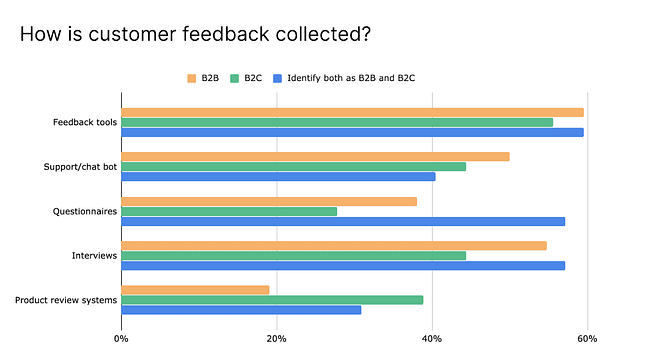
How Businesses Can Enhance Customer Experience
Stacy Sherman encourages business owners to start walking in their employee’s and customers’ shoes without any VIP treatment. Being with the clients will allow us to comprehend what customers mean when expressing their concerns in surveys or online feedback. No matter what industry you are in, the whole experience and the customer experience design are crucial to whether they like your product and find it usable or worthy. Educating themselves in customer experience and marketing strategies is what Stacy believes businesses should do to stay ahead in the game. Remember, good customer experience design breeds customer loyalty, and customer loyalty helps you sell more to your existing customers.
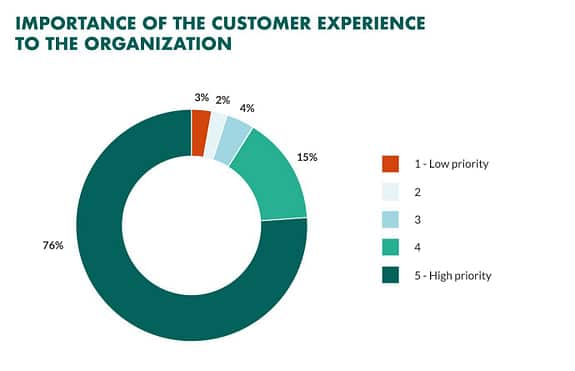
DoingCXRight® enumerates the Eight Strategies to Get Great Customer Service:
- Know what you want- Keep your eyes open to future possibilities and craft your message to reach your customers well. Paying attention to how you speak to customer service and how you interact with your business partners plays a significant role in achieving your company’s goals.
- Take responsibility for your actions- Know what kind of contract you have signed in for- understand the risks, and take responsibility for whatever success and loss you may find along the way.
- Be Patient- especially during this pandemic- As much as possible, be gracious and polite to everyone you come in contact with. Don’t hesitate to ask questions and openly receive criticism. Respect is one of the core values you should have in your business.
- Bring out their best through basic human decency- Speak to people how you want to be spoken to. If your customer service team has done great, compliment them. If there is an area for improvement, point it out to them professionally.
- Make a human connection- Make a healthy, respectful, and sincere connection with your employees and customers. Your goal is to solve your customers’ problems and satisfy them.
- Customer ratings may become a trend- Don’t wait for customer ratings to scale across the world. Make sure your brand is what you want to project.
- Provide customer feedback- Companies are always eager to discover ways to improve their customer experience design. Take advantage of surveys, focus groups, and social media comments to input your customer and prospect feedback.
- Use aggression wisely- It is inevitable for you to get irate when working in customer service. Do not displace your anger on your customers. Know where your anger is coming from and try to control your voice and temper to work things out with your client.
FAQ
- Customer Experience Design takes time, an engaged workforce, and motivated company culture to make this transition possible.
- Listening to the voice of the customer may be an agile process but asking the customer feedback upfront before investing in new technology, product, and solution is a smart way to get customers involved.
- Businesses should retain the human elements, leverage automation, and, most importantly, humanize the company to make your workplace more comfortable, safer, and productive.
- Business owners should start walking in their employee’s and customers’ shoes without any VIP treatment because this will allow them to comprehend what the people mean when expressing their concerns in surveys or online feedback.














